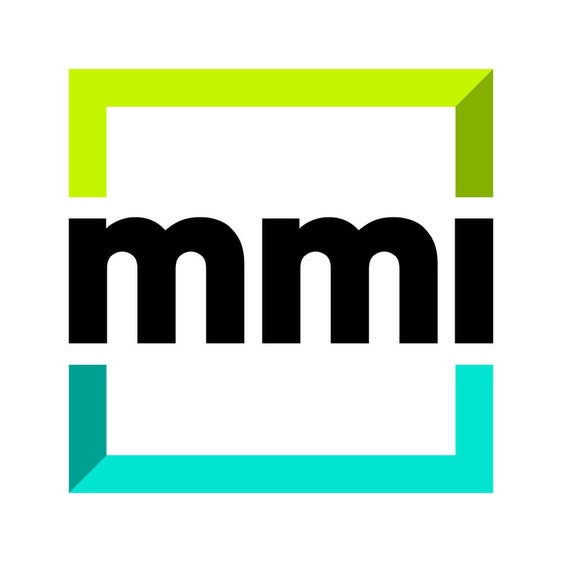To meet the changing needs of consumers, marketers have always had to evolve and test new strategies. But the last three years have significantly raised the bar.
Consumer expectations have changed, as have the best strategies for reaching them. And with the economy on the verge of a recession, consumers and marketers have less to spend. Plus, the arrival of technology like AI and machine learning has significantly altered what digital marketers can do at each stage of the customer journey.
This concert of factors gives today’s marketers much to consider. Across social, search and display, many old tactics no longer fit the bill.
Here’s how marketers can stay ahead as new solutions emerge.
Strive for authentic impact on social
Using paid social media has become table stakes for marketers. Brands now need to find ways to engage content creators and influencers to generate word-of-mouth marketing authentically.
When influencers share stories about the brands they use, it drives awareness and purchase intent. New brands, in particular, need to build this credibility.
When connecting with consumers on social media, consider ways your brand can have a positive impact on their lives. Partnerships with content creators that inspire and demonstrate improvements to both online and real-world communities will be rewarded with loyal customers.
Take search far and wide
In 2023, it’s vital that brands recognize how consumer search is evolving. SEO and SEM are not enough. Search is happening across YouTube, TikTok, Instagram, Amazon and Alexa. Focusing exclusively on Google will significantly limit reach. You’ll miss out on an entire generation of searchers who use other platforms.
On the paid side, marketers should consider customizing campaigns based on where consumers are in their purchase journey. AI and machine learning will also continue to revolutionize how people search. Look no further than Bing incorporating ChatGPT. Campaigns will need to employ longer keywords and give searchers more detailed answers.
On the organic side, brands should develop thought leadership content, including video, interactive features, surveys or infographics, to ensure customers have a place to land when they discover the brand through search.
Explore fresh display channels
Gone are the days of digital display campaigns that rely solely on the usual suspects: Google, site direct, Facebook and traditional programmatic. It’s time to also consider contextual placements across gaming, retail media networks and transportation.
Marketers today can also unlock more value by putting emphasis on platforms with ad units that drive impact. As such, programmatic creative must be more innovative. High-impact display inventory with tailored creative and contextual targeting is a must, especially on channels like TikTok that are “creative-first.”
Media and creative must come together
Placing brand and performance marketing into silos is no longer an option. Marketers now think of everything as performance, with stronger emphasis on KPIs and attribution.
Key to the new model will be reintegrating media and creative under one roof. As the lines between brand and performance marketing blur, it’s more important than ever to have creatives and media in the same room. They must lean on each other’s insights on how to engage audiences, tell a story and generate top- and bottom-line growth across all channels.
Consumer behavior continually changes. Marketing needs to keep up and anticipate what’s coming next.
“Data-Driven Thinking” is written by members of the media community and contains fresh ideas on the digital revolution in media.
Follow MMI and AdExchanger on LinkedIn.














